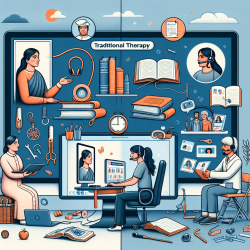The opioid crisis continues to pose significant challenges across the United States, particularly in rural areas where resources are scarce and distances are vast. A recent study titled ‘It’s the same thing as giving them CPR training’: rural first responders’ perspectives on naloxone provides valuable insights into how practitioners can enhance their skills and improve community outcomes through naloxone training.
The Importance of Naloxone Training in Rural Areas
Naloxone, commonly known by its brand name Narcan, is a life-saving medication that can reverse opioid overdoses. The research highlights that in rural areas, such as those in Montana, first responders often face long travel times to reach emergency sites. This delay underscores the critical need for layperson naloxone training, enabling community members to act swiftly in overdose situations.
Key Findings from the Study
- Distance and Response Times: First responders often have to cover large areas with limited resources, making it challenging to reach overdose victims in time.
- Lack of Resources: Many rural areas lack adequate treatment facilities and recovery programs, further complicating overdose response efforts.
- Cultural Opposition: There is a perceived cultural resistance to harm reduction strategies, which can hinder the willingness of community members to participate in naloxone training.
- Support for Layperson Training: Despite challenges, there is strong support among first responders for training laypeople in naloxone administration, likening it to CPR training.
Implementing Research Insights
Practitioners looking to enhance their skills and community impact can draw several lessons from this study:
- Advocate for Comprehensive Training: Encourage widespread naloxone training similar to CPR courses. This can empower more individuals to respond effectively during an overdose emergency.
- Address Cultural Barriers: Work with community leaders to address stigma around drug use and harm reduction strategies. Educating the public about the benefits of naloxone can increase acceptance and participation in training programs.
- Leverage Technology: Consider implementing online or mail-based naloxone distribution programs to overcome geographic barriers and ensure broader access to this life-saving medication.
The findings from this research underscore the importance of expanding harm reduction strategies in rural areas. By equipping more individuals with the skills and tools necessary for effective overdose response, communities can better manage the ongoing opioid crisis.
To read the original research paper, please follow this link: ‘It’s the same thing as giving them CPR training’: rural first responders’ perspectives on naloxone.










